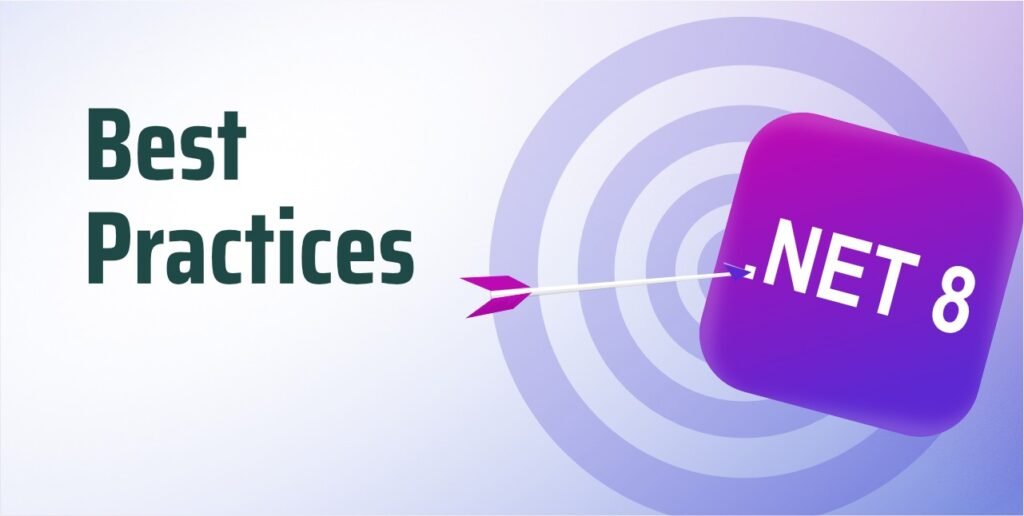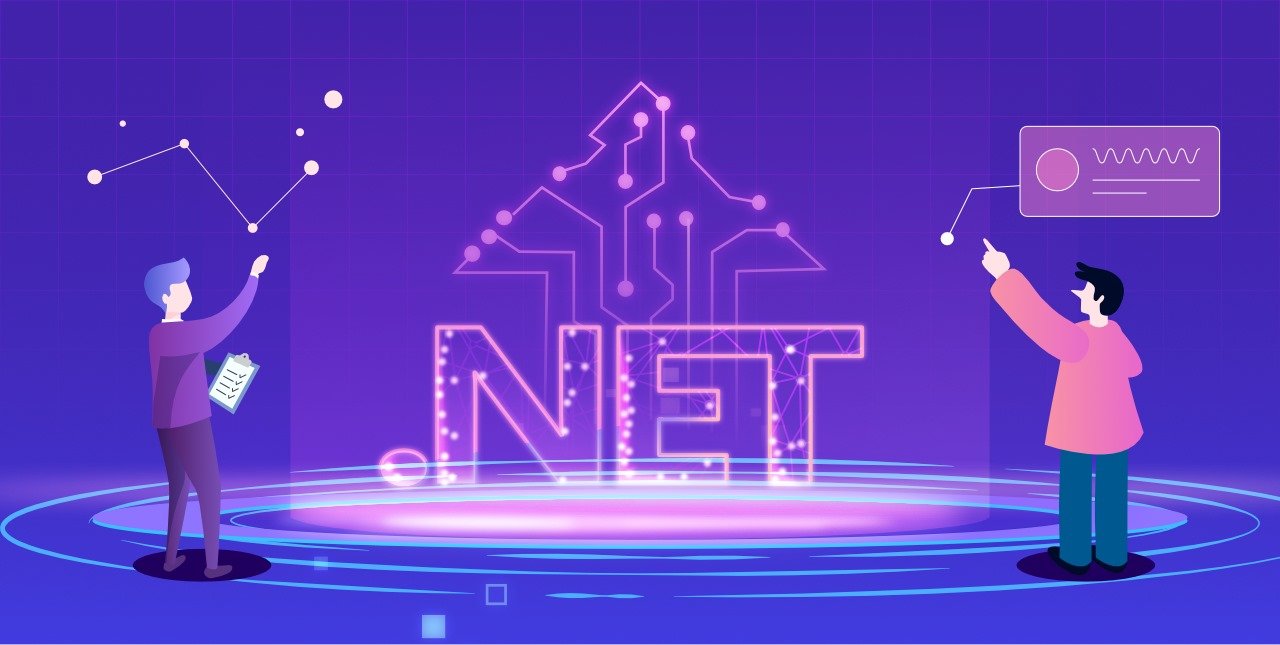- Services
- Full Stack Development
- Business Intelligent Development
- Mobile App Development
- Cloud Computing
- SaaS Product Development
 Full Stack Development
Full Stack Development Business Intelligence Development
Business Intelligence Development Cloud Computing
Cloud Computing Mobile App Development
Mobile App Development SaaS Product Development
SaaS Product Development
- Hire Developers
- Success Stories
- Company
- Blogs
- Contact Us
Menu




